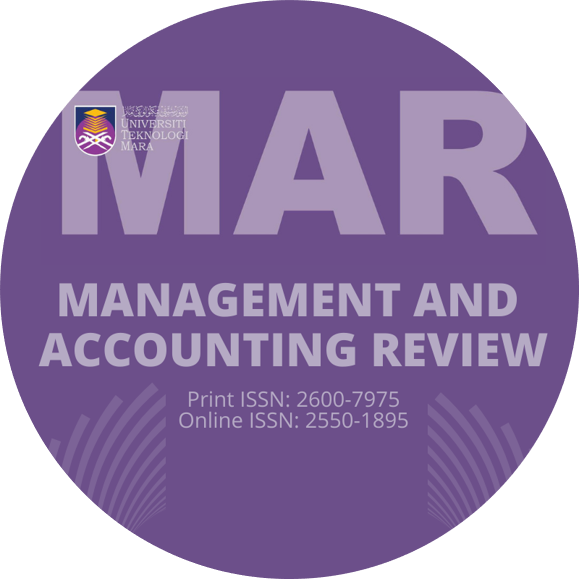Volume 21 No. 3, December 2022
ARTICLE INFO
Article History:
Received: 9 May 2022
Accepted: 19 October 2022
Available online: 01 December 2022
https://doi.org/10.24191/MAR.V21i03-09
THE INFLUENCE OF TAX FAIRNESS DIMENSIONS ON TAX COMPLIANCE BEHAVIOR OF THE MIDDLE-INCOME GROUP
AD Rosilawati Shafaruddin1, Nadiah Abd Hamid2♣ and Saifulrizan Norizan3
1INTEC Education College, Shah Alam, Selangor, Malaysia
2Faculty of Accountancy, Universiti Teknologi MARA, Kampus Puncak Alam, Selangor, Malaysia
3Faculty of Accountancy, Universiti Teknologi MARA, Cawangan Samarahan, Sarawak, Malaysia
Malaysians are generally categorized into three income classes: Top 20% (T20), Middle 40% (M40), and Bottom 40% (B40). This study examined the influence of tax fairness dimensions on tax compliance behavior of the middle-income (M40) group in Malaysia. Being sandwiched between the rich (T20) and the poor (B40), those in this group are usually not prioritized in terms of financial aid from the government although their earnings are eroded by the high cost of living and they are subjected to personal income tax. As such, their tax compliance is relatively determined by their perceptions of the fairness dimensions (i.e., general fairness, tax rate, exchange with the government, special provisions, and self-interest). By administering questionnaires to 202 respondents in the Klang Valley, Malaysia, and analyzing data using the PLS-SEM, the results showed that the tax compliance behaviour of M40 is significantly influenced by exchange with the government, tax rate, and self-interest, while general fairness and special provision had no significant influence on their tax compliance behavior. This study provides critical insights for the Malaysian tax authorities and the government to establish a fair tax structure in order to boost tax compliance, increase revenue, and improve the socioeconomic status and quality of life in Malaysia.
Keywords: Tax Fairness; Tax Fairness Dimensions; Tax Compliance; Middle-Income Group (M40)




